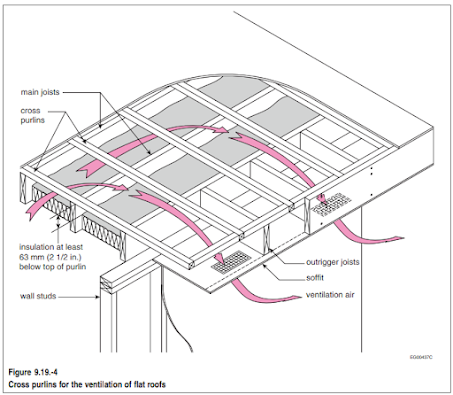9.19.1.2. Vent Requirements - Flat Roofs
Affordable, fast and accurate! Ask Bing -- The Building Code Consultant and Mentor with experience of code enforcement (12 years in the City of Calgary as Plans Examiner and Safety Codes Officer Engineer, 1 year in the City of Saskatoon as Senior Building Code Engineer, reviewed and approved more than 8000 projects), aims to help building designers and owners saving TIME and MONEY.
Friday, November 29, 2024
9.19.1.2. Vent Requirements - Flat Roofs
Monday, November 25, 2024
9.19.1.2. Vent Requirements
9.19.1.2. Vent Requirements
Thursday, November 14, 2024
9.19.1.1. Required Venting
9.19.1.1. Required Venting
Tuesday, November 5, 2024
9.15.4.10. Interior Masonry Walls
9.15.4.10. Interior Masonry Walls
This Article points to the requirements in NBC Section 9.20. for interior masonry walls acting as foundation# walls so that they are constructed to have adequate strength to support anticipated loads.
The minimum #width for an interior loadbearing masonry# wall depends on the spacing of its lateral support. Such walls must be laterally supported by floor or roof construction, or by intersecting masonry walls or #buttresses. The maximum spacing of such supports can be no greater than 20 times the wall thickness, as illustrated in Figure 9.15.-18 (NBC Article 9.20.10.1.).
#masonrywall #loadbearing #lateralsupport
Quoted from Illustrated Users' Guide-NBC2015



